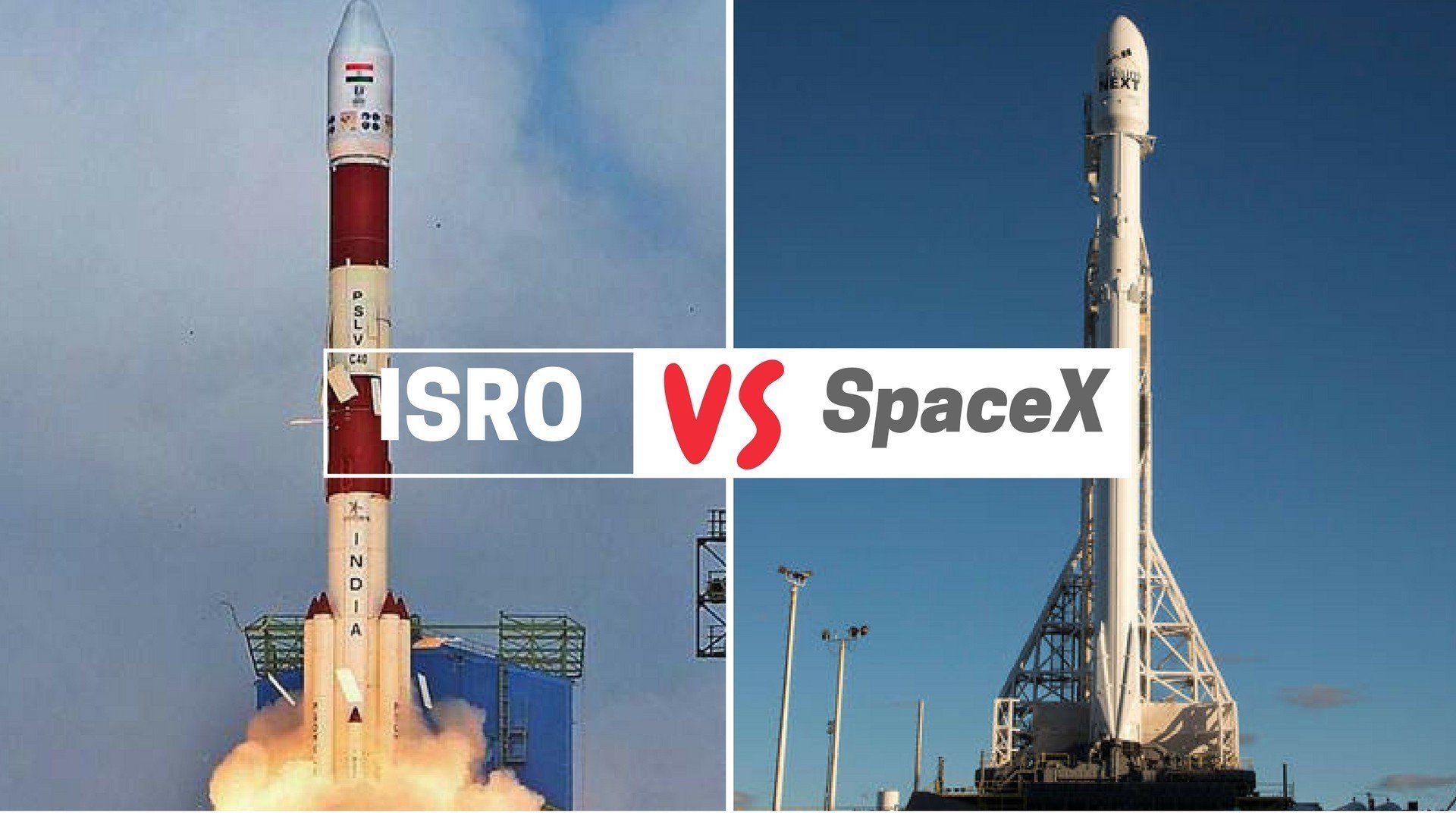A hundred years after Einstein’s theory of general relativity was announced to the world, it’s a good time to remember Georg Riemann’s contributions as well.


Today’s leading buzzwords seem to describe very separate concepts, but it turns out that they have some amazing commonalities.
The USDA has officially approved gene-edited foods.
Dumping pesticides and using ducks instead. 🦆 🦆 🦆.

The Falcon 9 rocket carrying the SpaceX Dragon cargo craft stands atop its launch pad counting down to a 4:30 p.m. EDT liftoff today to the International Space Station. The Expedition 55 crew is preparing for its arrival on Wednesday while continuing a variety of advanced space research aboard the orbital lab today.
NASA’s Kennedy Space Center in Florida is hosting the 14th launch of a SpaceX commercial cargo mission to the space station. Astronauts Norishige Kanai and Scott Tingle are practicing the maneuvers and procedures necessary to capture Dragon with 2 Canadarm2 when it arrives at 7 a.m. Wednesday morning. Their fellow flight engineers Drew Feustel and Ricky Arnold joined them later in the afternoon to review the cargo they’ll transfer back and forth after they open the hatches to Dragon.
Feustel spent the better part of his day testing algorithms on a pair of tiny internal satellites that could be used to detect spacecraft positions and velocities. Arnold strapped himself into an exercise cycle for an exertion in space study then collected his blood samples for stowage and later analysis.

There are over 18 million registered voters in California. On the ballot for the primaries for CA Governor on June 5th you’ll see candidates names, as well as a designation next to their name (their current occupation). One of my two designations is “transhumanist lecturer.” This likely won’t win many votes, but I believe it might be an important first for the #transhumanism movement. Here’s the first news story I’ve seen mentioning it:
Former big city mayors, a puppeteer and a even a ‘transhumanist lecturer’ are all officially running for California governor. Voters will be able to select from 27 people on the recently published certified list of candidates.

Geoscience researchers at the University of Massachusetts Amherst, Smith College and the Japanese Agency for Marine-Earth Science and Technology this week unveiled new, GPS-based methods for modeling earthquake-induced tsunamis for southeast Japan along the Nankai Trough. A Nankai-induced tsunami is likely to hit there in the next few decades, says lead author Hannah Baranes at UMass Amherst, and has the potential to displace four times the number of people affected by the massive Tohoku tsunami of 2011.
She and her doctoral advisor Jonathan Woodruff, with Smith College professor Jack Loveless and Mamoru Hyodo at the Japanese agency report details in the current Geophysical Research Letters. Baranes says, “We hope our work will open the door for applying similar techniques elsewhere in the world.”
As she explains, after the unexpectedly devastating 2011 quake and tsunami, Japan’s government called for hazard-assessment research to define the nation’s worst-case scenarios for earthquakes and tsunamis. Baranes notes, “The government guideline has focused attention on the Nankai Trough. It’s a fault offshore of southern Japan that is predicted to generate a magnitude 8 to 9 earthquake within the next few decades.”

Tiangong 1, China’s fallen space station, is now in pieces somewhere on the floor of the Pacific Ocean, but it’s hardly the last spacecraft that will plunge to earth. In fact, by the end of the week, three more are expected to re-enter the atmosphere.
Two pieces of space junk from Kazakhstan and one from India are headed home, part of the surprisingly regular amount of cosmic debris that falls to earth each year. The first could occur as early as tomorrow evening, according to Satview.org.
PSLV R/B, an Indian spacecraft that was launched Nov. 4, 2013, is expected to reenter the atmosphere at approximately 6:30 p.m. ET Tuesday. That will be followed Wednesday at 7:30 p, m, ET by FLOCK 2E-3, a Kazakh spacecraft that has been orbiting earth since Nov. 19, 1998. Finally, Friday morning at approximately 10:24 a.m. ET, FLOCK 2E’-6, another Kazakh orbital will fall to earth.

Not only can synthetic molecules mimic the structures of their biological models, they can also take on their functions and may even successfully compete with them, as an artificial DNA sequence designed by Ludwig-Maximilians-Universitaet (LMU) in Munich chemist Ivan Huc now shows.
Chemist Ivan Huc finds the inspiration for his work in the molecular principles that underlie biological systems. As the leader of a research group devoted to biomimetic supramolecular chemistry, he creates ‘unnatural’ molecules with defined, predetermined shapes that closely resemble the major biological polymers, proteins and DNA found in cells. The backbones of these molecules are referred to as ‘foldamers’ because, like origami patterns, they adopt predictable shapes and can be easily modified. Having moved to LMU from his previous position at Bordeaux University last summer, Huc has synthesized a helical molecule that mimics surface features of the DNA double helix so closely that bona fide DNA-binding proteins interact with it.
This work is described in a paper published in Nature Chemistry. The new study shows that the synthetic compound is capable of inhibiting the activities of several DNA-processing enzymes, including the ‘integrase’ used by the human immunodeficiency virus (HIV) to insert its genome into that of its host cell. The successful demonstration of the efficacy of the synthetic DNA mimic might lead to a new approach to the treatment of AIDS and other retroviral diseases.

India’s premier space agency Indian Space Research Organisation (ISRO) has built a reputation for launching rockets into space at very convenient prices. The consequent effect?
A lot of customers from around the world have come flocking to avail India’s economical rocket-launching services and this has helped the country make some extra bucks from its space exploration program.
However, it’s a pretty competitive space.